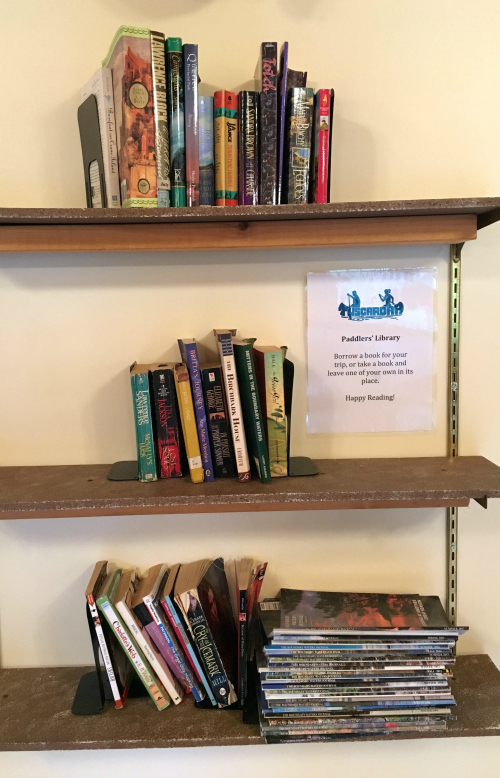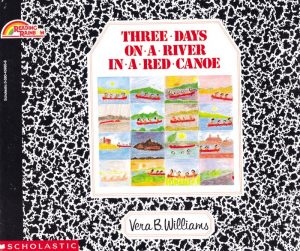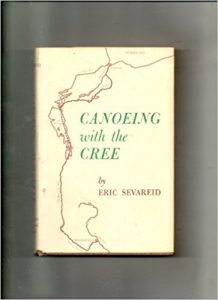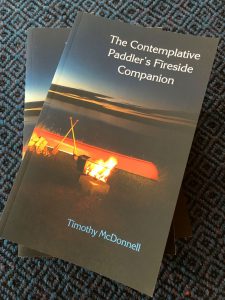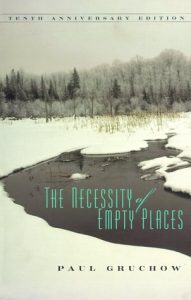Winter and worry.
In northern Minnesota, we know how well these two concepts pair. No one ever sang, “Wintertime and the living is easy.” All winter long, we worry about influenza B, icy roads, heating costs, and so much more. But if you’re new to winter recreation in the Boundary Waters, lake slush might be pretty low on your list of winter worries. Conversely, if you’re a winter camping or ice fishing enthusiast, you might be all too familiar with “slush anxiety.”
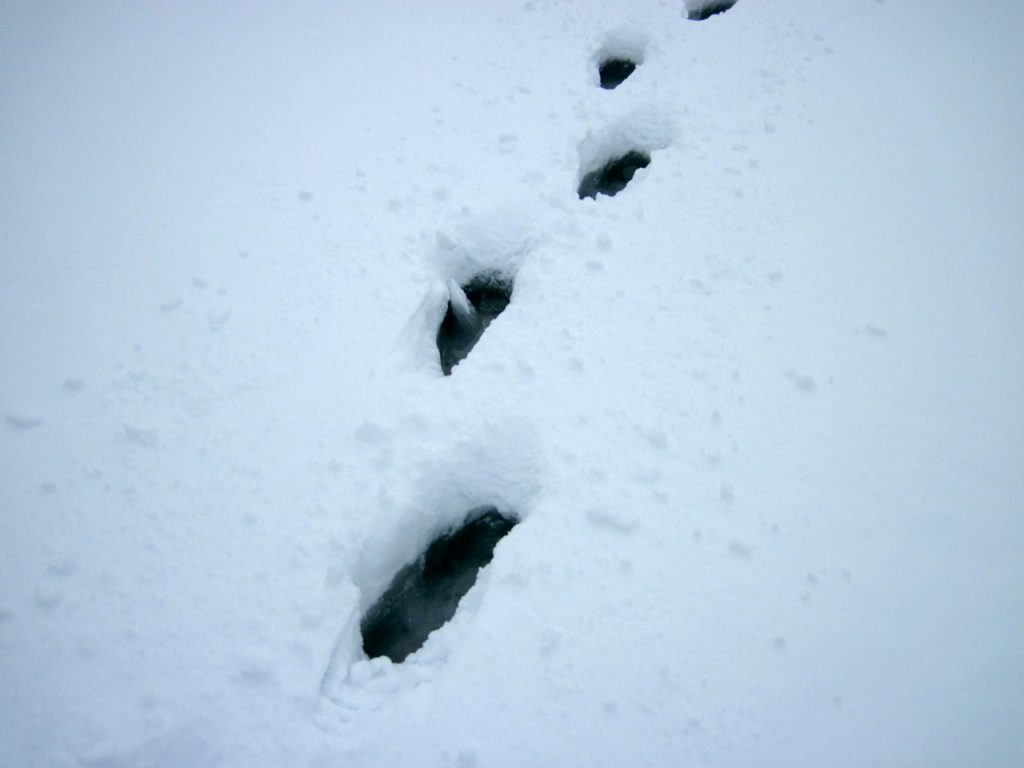
So, what is this slush stuff? Slush occurs when the weight of snow on top of the ice presses the ice down. Lake ice continuously expands and contracts as temperatures fluctuate, creating cracks and fissures across a lake’s ice cover. As the snow presses the ice into the lake, lake water starts seeping through the ice’s cracks. (Think about what would happen if you decided press your hand into the top of a fruit pie. The pastry wouldn’t totally disintegrate, but pie filling would start to ooze through any breaks in the pastry onto your palm.) This water then mixes with the snow on top of the ice creating soupy, snowy slop that hides beneath what looks like pristine snow cover. When this hidden layer of slush is covered by several inches of snow, the slush can persist in even the coldest weather because the layer of snow on top of it insulates the slush from the elements. While slush is more prevalent on small lakes or in bays, you can run into slush on any size lake.
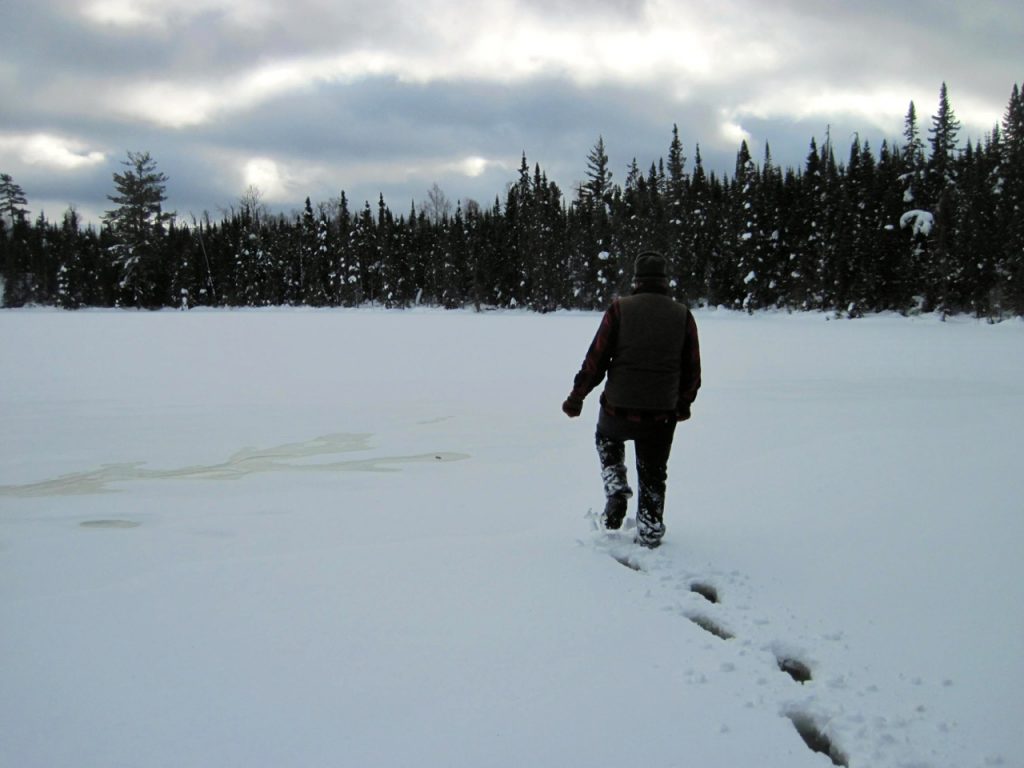
Over the last two winters, we’ve put together a weekly winter weather update video for our winter report page and in the process, we’ve realized there are quite a few misconceptions about slush.
Myth #1: Slush means the ice is weak
Slush is often mistaken for thin ice. It’s certainly disconcerting to be walking on a perfectly frozen surface and then plunge your boot into a foot of watery goop with your next step. But if you know the lake ice is measuring a safe thickness (the MN DNR recommends an ice thickness of at least 4″ before walking on frozen bodies of water), you’re not going to fall through a slush pocket into the lake below. That said, slush pockets can be deep and hard to walk in, so your gut instinct to “get the heck out of here” should be followed.
Myth #2: Slush is most prevalent during warm weather, aka the end of winter
Slush is often unfairly linked with warm weather, but the real slush culprit is snow. The snowier the early winter is, the more likely you are to run into slush in the Boundary Waters. Although slush can form on sunny days when the snow melts on top of the ice, this “top down” slush is much less troublesome than the more common “bottom up” slush. “Top down” slush is often very short lived because it tends to form when we’re in a freeze/thaw cycle (aka”maple sugar days“) in late winter. In fact, March tends to be the best month for winter travel in the Boundary Waters because on sunny days the increased intensity from the sun melts any snow on top of lake ice down to a crust that freezes overnight to create a concrete, sidewalk-like (and slush-free) surface to walk on.
Myth #3: Slush is dangerous/not dangerous
Many people’s instinct when they run into slush is to cut to the shoreline and start bushwhacking through the woods to their destination. Although slush isn’t much fun, sometimes “the only way out is through.” Although you might not notice it until you’re in slush, the snow covering a slush pocket often has a steely gray tinge that sets it apart from the snow on “unslushy” portions of the lake. If you can see the end of the grayer snow, your best bet to get your destination fastest is to just sprint through the slush pocket to firmer footing.
Conversely, while no one is probably ever going to seek out slush, it really should be avoided, especially if you don’t have waterproof footwear on. You don’t want to open yourself up to hypothermia by getting drenched from the knee down. In very cold temperatures, slush can freeze to your footwear in a solid, heavy layer that makes it impossible to continue moving until you’ve thawed out your footwear, particularly if you’re wearing snowshoes.
Moral of the story: if you find yourself in slush, don’t freak out, but work to extricate yourself as quickly as possible.

As with most things in life, it’s better to prepare for the unpleasant reality of slush on your next winter Boundary Waters trip than just hoping you won’t run into it.
- Know the current conditions and be on the look out for slush as you travel, so you don’t end up in the middle of slush pocket simply because you weren’t paying attention to where you were walking.
- Wide back country skis or snowshoes will often keep you “floating” through the slush.
- Have good waterproof winter boots for times when you must wade through the slush on foot.
- Pack ice scrappers so you can quickly remove slush from your feets and sleds.
- If you are going for day trip and know conditions are slushy, consider hauling your gear in a portage pack rather than a sled to mitigate the amount of slush removal you have to do.
No matter how hard we try to avoid it, slush is a reality of Northwoods winters. Slush conditions vary wildly from year to year and day to day, so don’t let one bad slush experience put you off winter travel in the Boundary Waters forever. And remember: don’t worry, be happy.
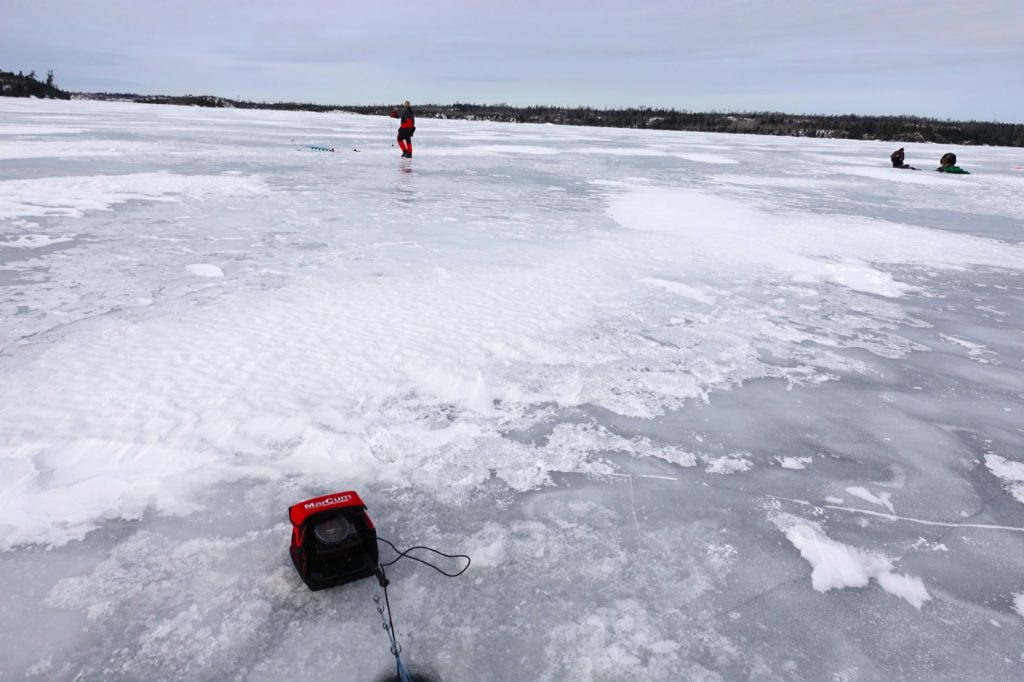
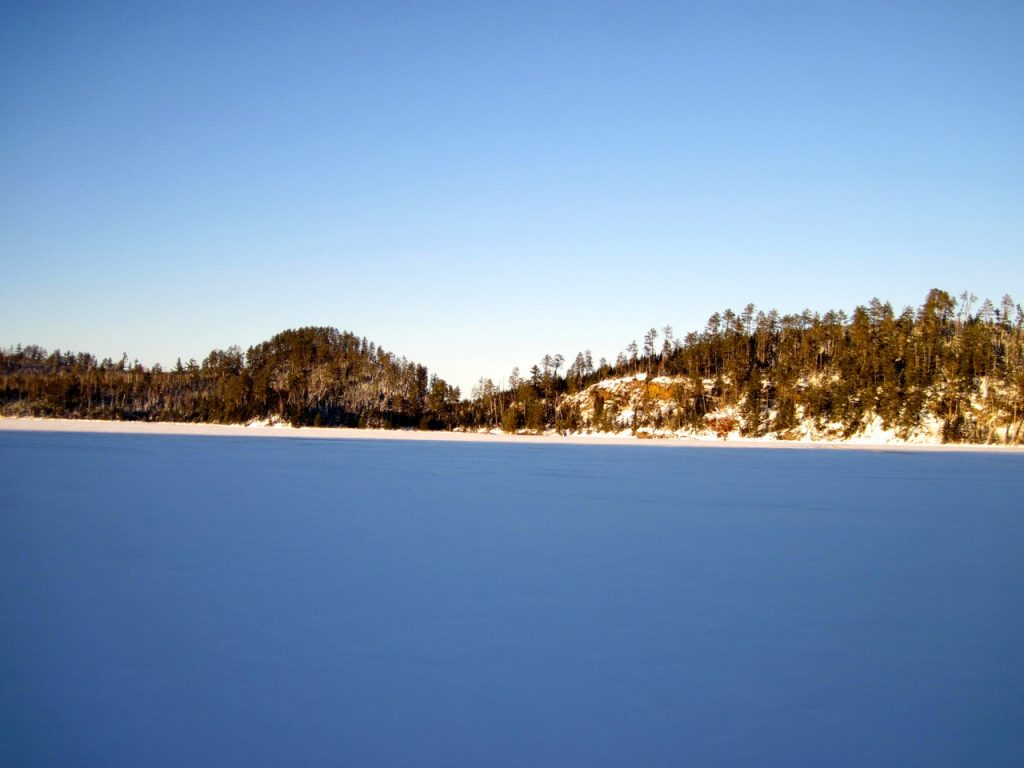
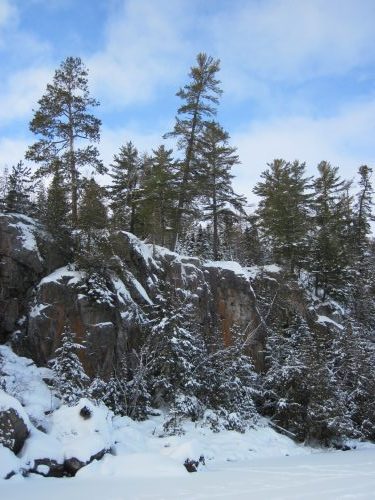 We call it the “Moss-Duncan-Daniels” trifecta. All three lakes are accessed off the Hungry Jack Lake Road, in the mid-trail area of the Gunflint Trail. We usually recommend that people start out on
We call it the “Moss-Duncan-Daniels” trifecta. All three lakes are accessed off the Hungry Jack Lake Road, in the mid-trail area of the Gunflint Trail. We usually recommend that people start out on 


